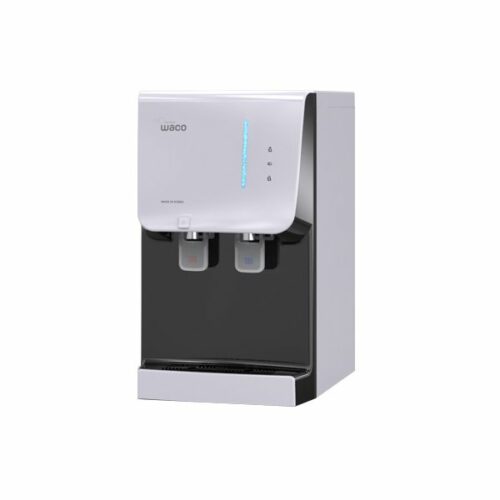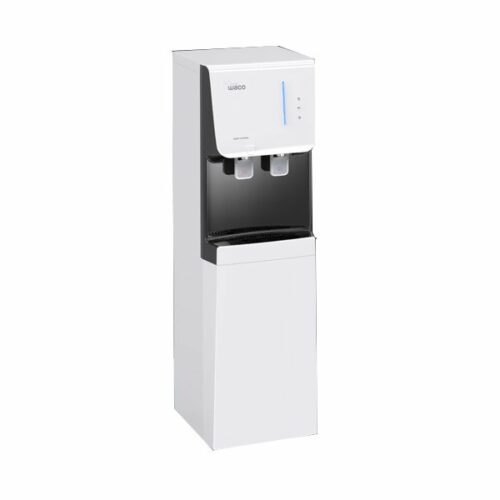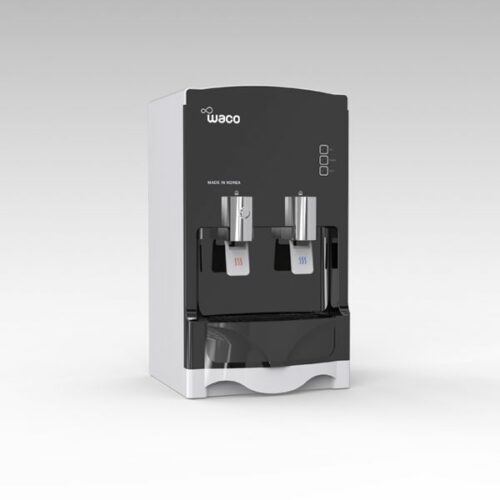
Beginning in the 1900’s in the USA public water authorities began to use chlorine as a method of disinfecting drinking water to make it safe for public consumption. This action led to an almost complete elimination of many water-borne diseases which were common at that time. The process of chlorinating drinking water became popular because it was inexpensive, simple to monitor and control, and provided a residual level of protection in the drinking water once it entered into the public water supply. Because of these characteristics the introduction of chlorine into drinking water has long been considered one of the most effective agents for disinfection.
Disinfection of drinking water by using chlorine quickly spread to other parts of the world as an effective method of reducing water-borne diseases, and is still common in many areas. If you are the owner of a private well, chlorination may well be one of the methods used in disinfecting the water before consumption. Other methods include, distillation, reverse osmosis, the use of chemical feeds such iodine, chloramines and bromine. Normally the treatment used is heavily influenced by costs and local availability.
Are there any problems caused by chlorine in drinking water?
There are some aspects of the chlorination of drinking water which are not desirable. For example, using chlorine as a disinfectant can leave a rather unpleasant taste and odor to the drinking water, capable of changing the flavor of hot beverages such as tea and coffee. When used for bathing, chlorinated water can also cause dry hair and skin. Generally, chlorine is not considered to be a harmful or hazardous substance due to the small amounts typically used for disinfecting drinking water.
However, there is a potential issue with the use of chlorine for disinfecting drinking water in that it can form by-products similar to any other form of chemical disinfectant. These disinfectant by-products are greatly dependent on the quality of the drinking water, the exact treatment processes used, and a number of other factors which can be present in any particular local area. Although chlorine itself is not considered a health risk, some DBPs or disinfectant by-products are considered to be carcinogenic and others are not.
How can drinking water quality change?
Many factors can influence the overall quality of drinking water in any given area. In many areas the quality of drinking water can change throughout the year and is seldom stable due to environmental conditions and climate which can change based on seasonal weather. Only some of the deepest and oldest wells seem impervious to such seasonal changes. Those who extract their drinking water from a well may not notice any changes which occur in the quality of their drinking water as these can happen gradually and are almost unperceivable by most people without proper monitoring of the drinking water.
This is in contrast to drinking water which is supplied in the city and urban areas which is constantly monitored and any treatment for disinfection and purification is based on the quality of the drinking water at any given time, therefore chlorine content is adjusted to suit the conditions of the water. This, in effect, means that the level of chlorine in the drinking water may rise or fall depending on the quality of the water, based on seasonal and environmentally caused changes at any time.





Leave A Comment